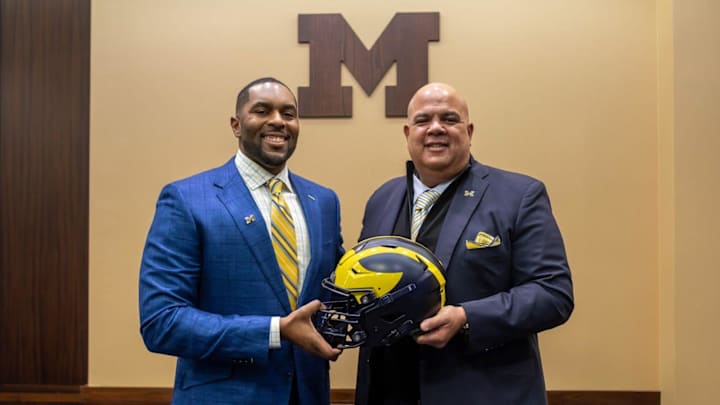Michigan football fans thought that NIL was going to be a game-changer for the Wolverines but it ended up hurting U-M more than most, at least on the recruiting trail.
Michigan has figured things out on the NIL front. The Wolverines have started to be competitive in that area which is why they were able to retain their top players this spring.
NIL along with the free one-time transfer has created the wild west. Teams like Ohio State have benefited because they are willing to pay whatever it takes to build a roster. Michigan hasn't had the same kind of funding and hasn't been willing to use pay-for-play as an enticement in high school recruiting in part because it's still technically against the rules, even though the NCAA doesn't care.
At least not as much as it cares about cheeseburgers.
What revenue-sharing means for Michigan football
But with the House v. NCAA settlement, college programs will be able to pay players directly in a revenue-sharing model. It's fair to wonder what that means for Michigan football.
NIL is still going to be a thing. But instead of boosters feeding money to collectives to pay players, it will probably shift to what it's supposed to be which is the actual marketing of players name, image, and likeness.
Michigan has been trying to do things the right way. We'll see if that ever pays off. And maybe I'm wrong and NIL will be a factor if teams like Ohio State or Texas A&M want to keep paying more than anyone else for players.
At some point, there should be some sort of salary cap but I have no idea how it works. Either way, my hope is that this will level the playing field for programs like Michigan who haven't gotten down and dirty with NIL. It's going to separate the haves from the have-nots in terms of overall money but being in the Big Ten, the Wolverines are in a good spot.
At least we can hope but remember, we thought the same thing when NiL became a thing.
